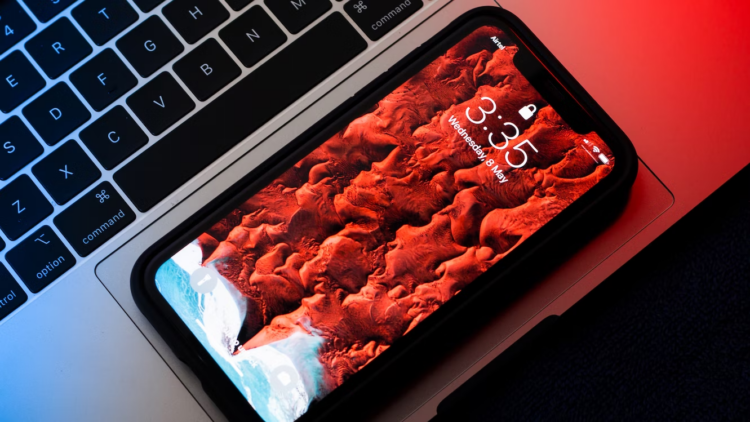According to a McKinsey study of 25,000 Americans, 58% of people now have the opportunity to work from home at least once per week. When extrapolated to the entire population, that’s 92 million people who could potentially be working remotely at least part of the time.
In light of this new workplace trend, companies of all shapes and sizes (across just about every industry) are under increasing pressure to support remote work in one way or another. Failing to do so could mean losing out on top talent (not to mention being at a competitive disadvantage).
However, making the switch to remote, or even hybrid work models is no easy feat. It requires a great deal of planning, preparation, and execution – all of which can be daunting for even the most forward-thinking businesses.
Preparing apple iOS devices for remote working
One of the most important (and often overlooked) aspects of enabling remote work is ensuring that employees have the right tools and technologies in place to do their jobs effectively. Without the proper tools, remote workers can quickly become frustrated, unproductive, and even disengaged.
If your employees rely on Apple iOS devices to do their work, here are a few things you can do to ensure they’re set up for success.
Make use of the Device Management System (MDS)
The first step is to make use of the Apple Device Management System (MDS). This system allows businesses to remotely configure and manage iOS devices – making it an essential tool for any remote hiring business that relies on these devices.
With MDS, businesses can push out updates, enforce security policies, and even remotely lock or wipe devices if they’re lost or stolen. In other words, it’s a powerful tool that can help businesses keep their devices (and data) safe and secure – even when employees are working remotely.
User enrollment for employees using personal devices
If your employees are using their own personal devices for work (either by choice or because you don’t provide company-owned devices), you’ll need to enroll them in the MDM before they are approved to work remotely.
This is especially important if your employees will be accessing sensitive company data on their devices. By enrolling them in the MDM, you can ensure that their devices are properly secured and compliant with your company’s security policies.
For an in-depth guide on how to enroll personal devices, you can follow this guide from Apple.
Set up Apple Business Manager
Another important step is to set up Apple Business Manager. This is a cloud-based portal that allows businesses to deploy apps and books, manage devices, and create accounts – all from one central location. It’s especially useful for businesses with remote workers, as it makes it easy to distribute apps and updates (without having to physically ship devices).
To get started, you’ll need to create an Apple ID for your business. Once inside the portal, you can create Managed Apple IDs for each employee here you can also add devices, create groups, and more.
Configure settings and adjust security policies
Once you’ve enrolled your devices and set up Apple Business Manager, it’s important to configure the settings and adjust the security policies to fit your business. For example, you may want to disable certain features (like iMessage or Siri) or restrict access to certain apps and websites. You can also set up device restrictions, password policies, and more.
One important thing that you may want to consider is a company VPN that users must enable before accessing corporate services. This is especially important if employees will be connecting to public WiFi, such as at a coffee shop or airport since the VPN will encrypt their data and prevent anyone from snooping on their connection.
You can also configure your email client so they automatically sync with employee devices. For instance, you can install a Gmail app for Mac devices so users can access their work email from their devices, regardless of their geographical location.
Install collaborative and productivity apps
Now that all the technical stuff is taken care of, it’s time to install some apps that will help your employees stay productive and connected – even when they’re working remotely. There are a number of apps that can help with this, but some of the most popular include
- Slack: a messaging app that’s great for team communication
- Asana: a project management app that helps teams stay organized and on track
- Zoom: a video conferencing app that’s essential for remote team meetings
- Trello: a visual project management app that’s perfect for tracking tasks and deadlines
- Google Drive: a cloud storage app that’s perfect for sharing documents and files
- Dropbox: another cloud storage app that’s popular for personal and business use
These are just a few examples, but there are tons of apps out there that can help with everything from time management to task scheduling. And the best part is, most of them are available for free (or have a free trial).
Final word
If you have employees who will be working remotely using iOS devices, there are a few things you need to do to ensure their devices are properly set up and configured. By following the steps outlined in this article, you can rest assured that your remote workers will have everything they need to stay productive and connected while keeping your company’s data safe and secure.



